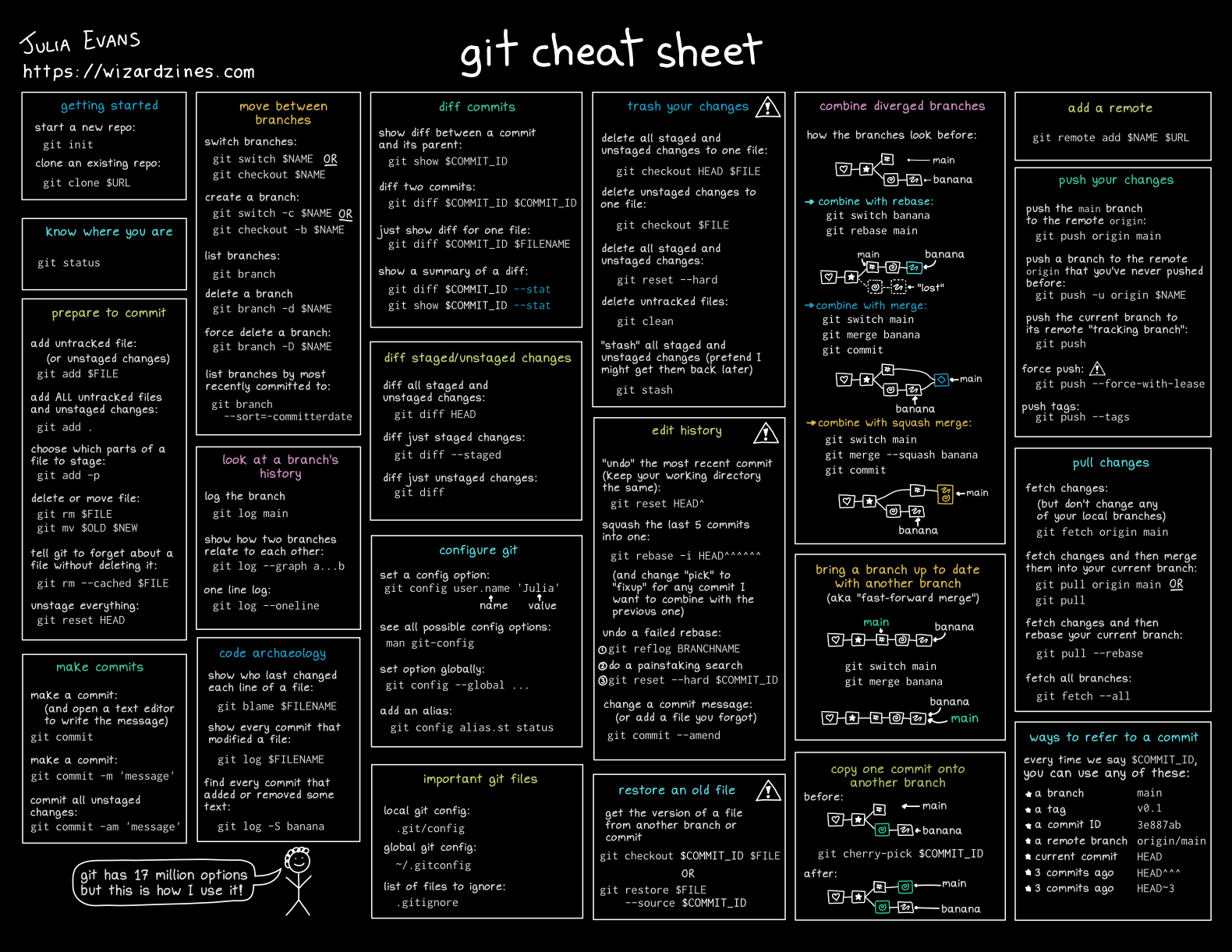

Also ~100Mb/s is in no way the average speed in an Indian household.
You’re right. It’s not.
I also don’t see any specific mentions of india in your link up there to that random site.
I don’t see any either. Guess why. Because it only has the top 10, further emphasising the point that :
the average Indian is not doing “Hella fast Tokyo banddrifts”




On the contrary, it (the website) looks really nice.
The product, on the other hand, seems targeted towards “normies” and would probably do better in a place that doesn’t have ppl already self hosting their stuff.